Engine Company’s Primary Mission [Part1 of 6]
Stretching and operating a hand line at a fire is the key to saving lives and constitutes the very essence of the engine company’s primary mission. The goal of the engine is to efficiently place an attack line in service and PUT OUT THE FIRE!
When people are reported trapped the goal of the engine remains the same. The most valuable life saving tactic performed at a fire is to extinguish the fire. This will limit the danger to trapped occupants until they can be located and removed. The first engine to arrive will set the tone and ultimately determine the outcome for the entire incident. The engine company officer will have to make rapid and accurate decisions to quickly identify and initiate the appropriate course of action regarding:
Mode of Attack
Fire Flow Needs
Initial Line Selection
Initial Line Placement
Water Supply
A Success Story……
The fire pictured here took place in a 3 story light weight wood frame garden style apartment. It started on the 2nd floor balcony and rapidly extended to the 3rd floor and the attic.
The dispatcher was receiving numerous calls reporting a fire and a report of people trapped. Units arrived to find an advanced fire condition in an occupied apartment building that was rapidly extending.
The 1st due engine officer conducted a rapid size-up, took command and requested a 2nd alarm. The officer ordered a 2 ½ and a 1 ¾ attack line stretched simultaneously. He ordered the 2 ½ charged first to perform a quick knock of the rapidly extending fire.
It took less than one minute for the 2 ½ attack line to knock down all visible fire at which time the 1 ¾ attack line was advanced into the building to support the search and rescue operation, check for extension and mop up the fire.
The officer decided the appropriate Mode of Attack was a transitional attack due to the fact that there was heavy fire on multiple floors and was rapidly extending. A minimum Fire Flow of 500GPM was established due to the advanced fire conditions and heavy fuel load. Based on the fire flow needs the Initial Line Selection was a 2 ½ inch attack line flowing 326GPM through a 1 ¼ smooth bore tip and a 1 ¾ inch attack line flowing 210GPM through a 1” smooth bore tip.
Initial Line Placement was at the front of the building for the 2 ½ and the 1 ¾ inch line was placed on the interior to protect the stairs. Water Supply was established by performing a forward lay of 4” supply line from a hydrant in the engines route of travel.
Because of these decisions the fire was quickly and safely extinguished and an aggressive primary search was conducted early in the incident. The fire did not extend and was quickly brought under control because the first arriving officer understood their company’s primary mission and was able to quickly identify and initiate the appropriate course of action.
For Part 2 of this series, Click here

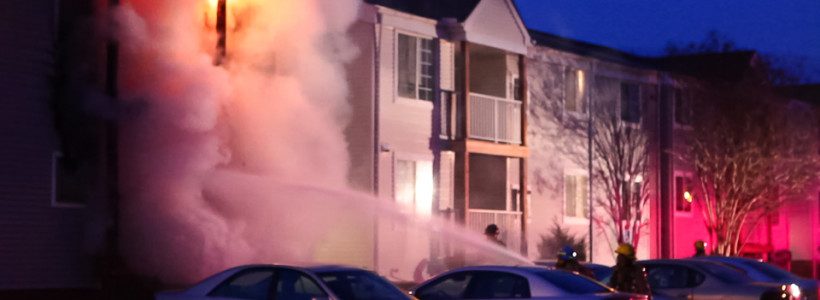
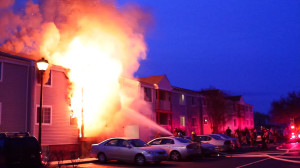
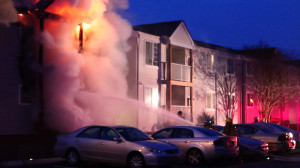

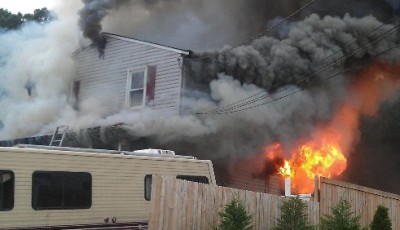
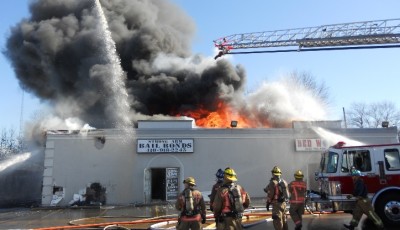




Pingback: FireFighterToolBox » Engine Company Mode of Attack – [Part 2]
Nice job Bryan!
Pingback: Understanding Fire Flow – Part 1 | FireFighterToolBox